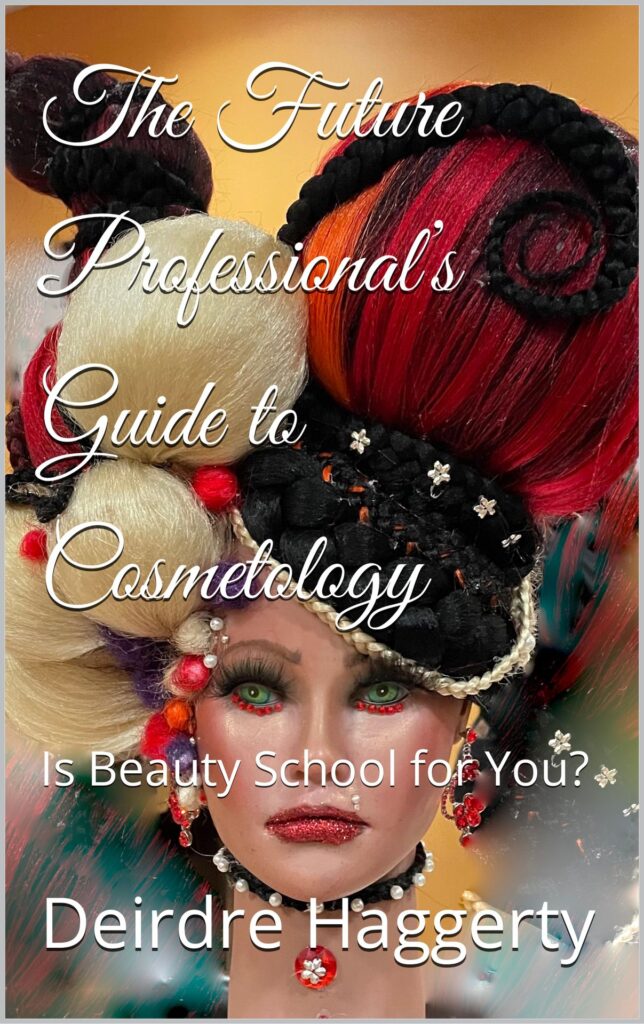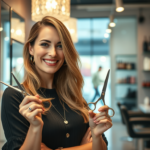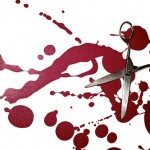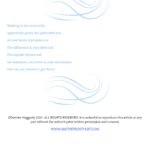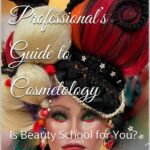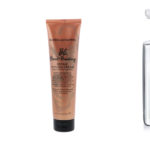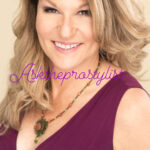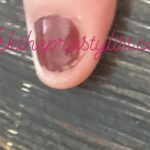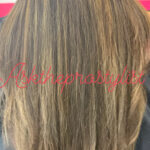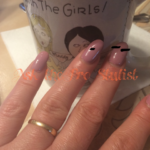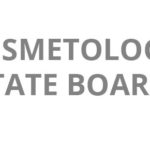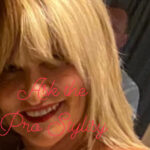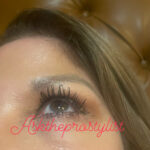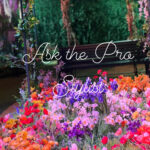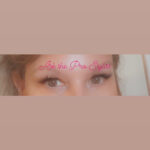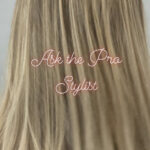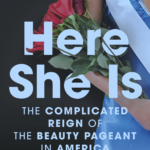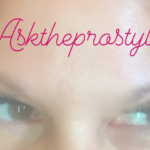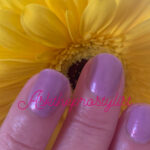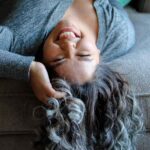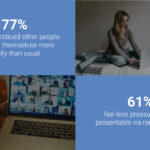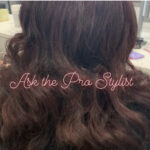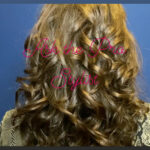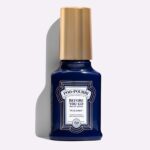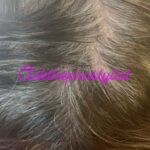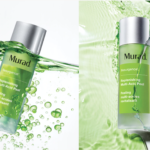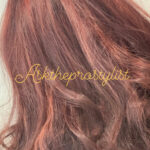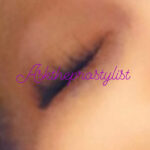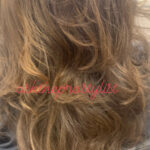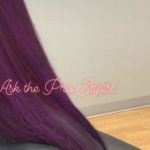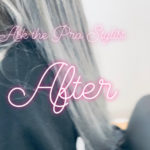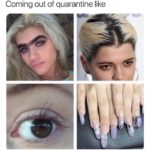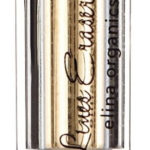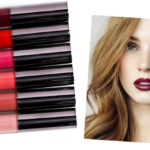Head Lice Prevention and Treatment Tips
Back to school means back to head lice. We are a little more than a month in, longer for other areas of the country, and already head lice letters have been sent home, repeatedly. Take a few minutes to read my head lice prevention and treatment tips to make this school year itch free.
Whoop, whoop, happy Hump Day hotties, and welcome to this Wednesday’s (yeh, I know it is Thursday) Ask the Pro Stylist Q&A. During a recent conversation with some elementary school moms, it was brought to my attention the true lack of understanding on how to prevent and treat head lice. So, I decided to reiterate one of my pieces on the pesky pests.
Parents of elementary aged children are all too familiar with the plague of head lice. One of the most common communicable diseases, second only to the cold virus, head lice can be a nuisance to treat. These parasitic insects live and feed off of the blood from the scalp and lay their eggs (nits) on the hair shaft. Primary transmission is through head to head contact because the bugs do not fly or jump. Sharing of personal effects such as clothes, hairbrushes or combs may contribute to contamination as well as some home furnishing items. The insects do not transmit disease, however itchy scalp and problems related to severe scratching are the only complications of head lice. With proper treatment and cautious prevention, outbreaks may be minimized.*
Delousing, even if head lice wasn’t found on your child after camp is very important, as lice is extremely contagious. Simple precautions such as drying clothes, pillows and sleeping bags in a hot dryer for at least thirty minutes should happen as soon as the child returns from camp.
Sectioning the hair with a tail comb under bright light or natural sunlight will help to decipher the presence of nits and head lice. If they are discovered, follow the steps listed below. There is also nothing wrong with running a lice treatment after camp just to be on the safe side, because unfortunately camps are a breeding ground for head lice and back to school means back to lice outbreaks. Due to the rapid spread of lice, it is NOT recommended to have a salon check for them.
Once head lice and their eggs have been detected, most school districts will not permit children back into school until they have received an initial treatment. Most popular over the counter products such as RID or nit combs are available in drug stores and work well as long as the directions are followed. Stronger treatments are available in the unlikely event over the counter medications fail to treat the lice and require a prescription from a pediatrician. Cutting the hair does NOT rid the hair of head lice and is more of a preventative measure than a treatment.
Preventing the spread of lice is easy with a few basic procedures. Head lice are not a portrayal of cleanliness. They actually adhere easier to clean hair, therefore dirtier hair, or hair that has gel or spray in it makes it more difficult for the lice to cling to the hair shaft.
Keeping boys hair short, and long hair free of knots helps to see the appearance of the nits faster than longer or matted hair. Sharing of hats, headbands or other hair items should be frowned upon. Placing jackets that may have been exposed to head lice in a hot dryer for at least 30 minutes will kill the lice or the eggs. Special, organic shampoos and hair products with rosemary in it repel head lice such as Rosemary Repel from Fairy Tales Hair Care for Children.
If head lice have been discovered, it may be treated without reoccurrence as long as the directions of the treatment administered was followed and diligent prevention is practiced. If you have a question for me similar to above, please email me at DeirdreAHaggerty@gmail.com. Until then, Happy Styling!
©Deirdre Haggerty, ALL RIGHTS RESERVED. No part of this article may be reproduced without prior written permission and consent from the author.
* Bing Health. MayoClinic.com
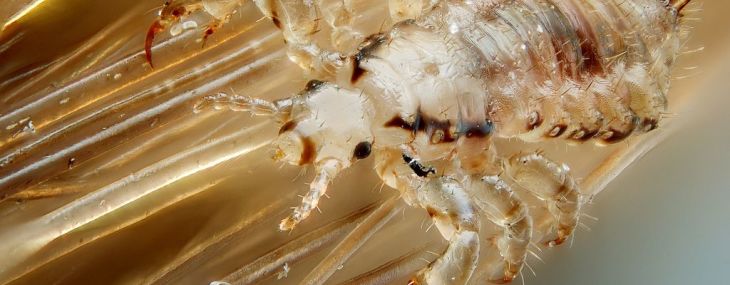
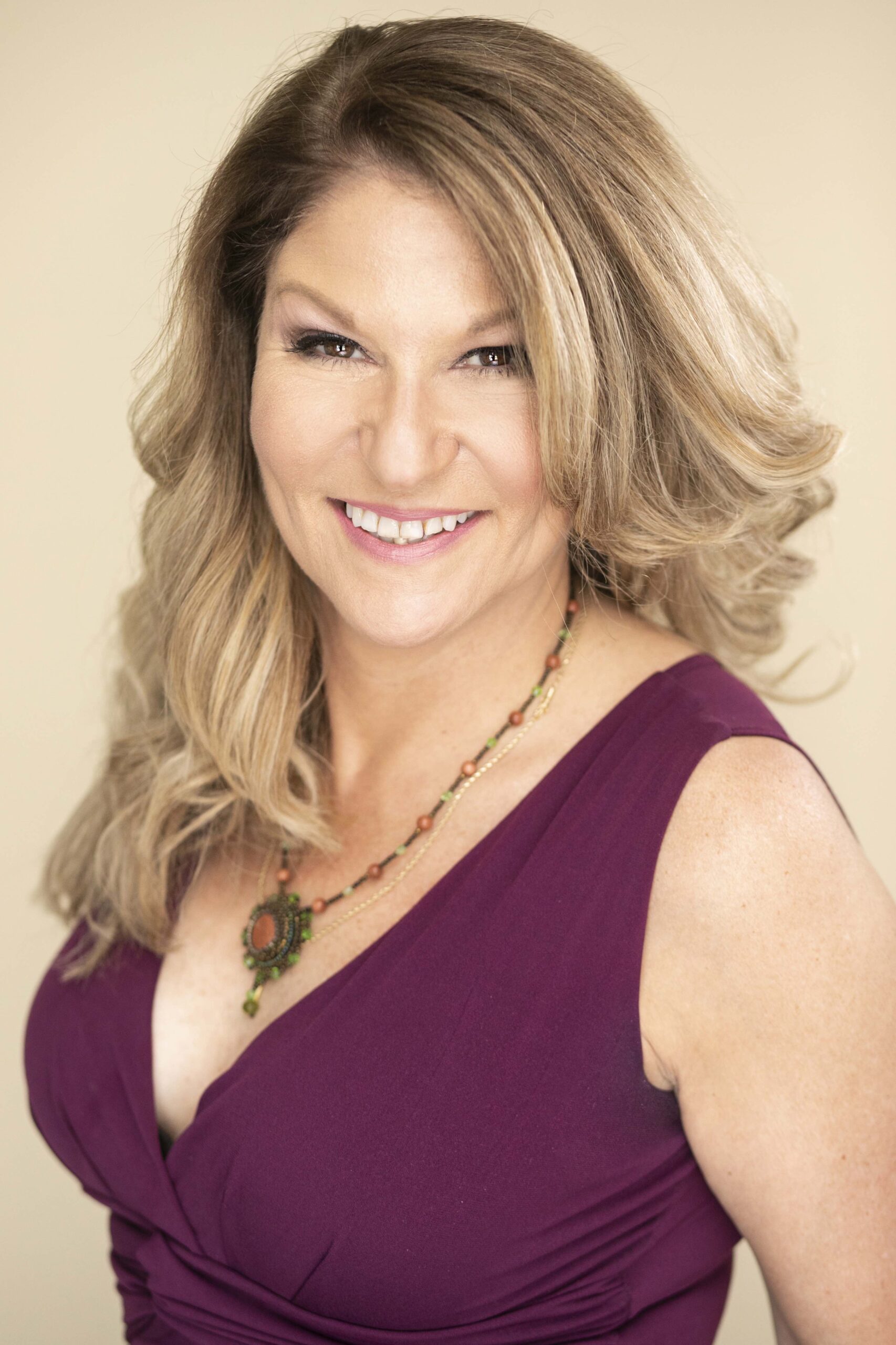 A writer, author, NY & NJ State licensed cosmetologist, store and salon manager, beauty educator and executive school director, Deirdre Haggerty has been actively involved in the hair and beauty industry in New York & New Jersey for over 30 years.
Now get online help to pass your licensing exams in any of the states throught the country. Send Deirdre an email for more information regarding an online tutoring sesssion for the written and practical exams at asktheprostylist@gmail.com.
A writer, author, NY & NJ State licensed cosmetologist, store and salon manager, beauty educator and executive school director, Deirdre Haggerty has been actively involved in the hair and beauty industry in New York & New Jersey for over 30 years.
Now get online help to pass your licensing exams in any of the states throught the country. Send Deirdre an email for more information regarding an online tutoring sesssion for the written and practical exams at asktheprostylist@gmail.com.